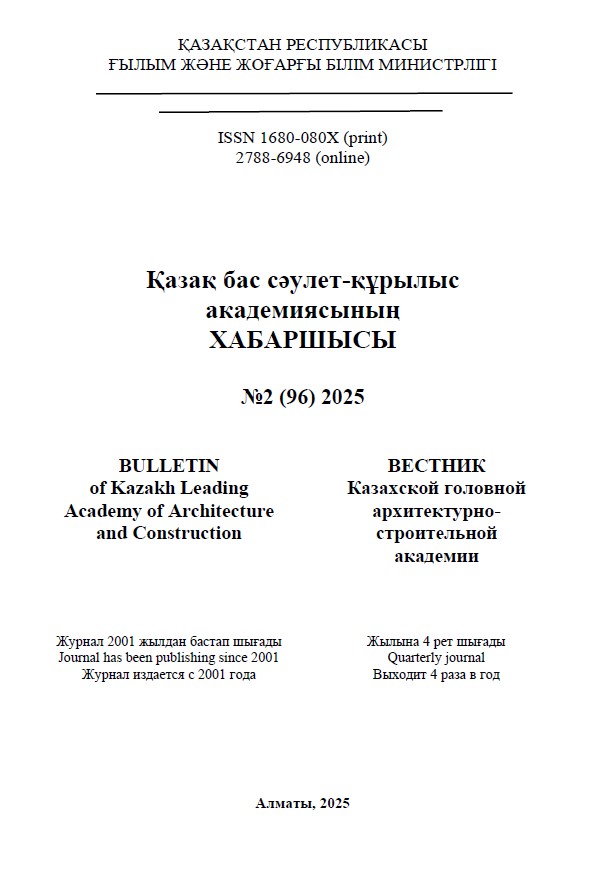Abstract
The integration of modern computer technologies into the construction industry is transforming design and building processes, offering professionals numerous advantages. One of the most significant advancements is the adoption of virtual modeling tools, which enhance design accuracy, improve project quality, and reduce implementation time. These technologies also optimize material costs, making construction more efficient and cost-effective. A major milestone in this digital transformation is the widespread use of Building Information Modeling (BIM) technologies, such as Revit and Archicad. These programs create a unified software environment that streamlines project management across all stages, from initial design to construction and operation. Additionally, they enable the development of complex architectural forms through 3D printing, further expanding the potential of modern construction methods. The success of 3D printing in construction depends heavily on advanced materials, particularly fine-grained concrete with inorganic binders. While these materials enhance durability and structural integrity, their development remains a challenge due to strict technical requirements. Overcoming these challenges requires a scientifically grounded approach to optimizing material composition and ensuring seamless integration into additive manufacturing processes. In conclusion, the fusion of digital tools with construction methodologies significantly improves efficiency, precision, and sustainability. These innovations not only advance the design and building processes but also pave the way for the successful realization of complex and economically viable projects, shaping the future of the construction industry.


